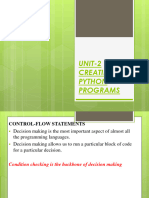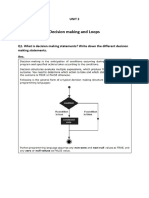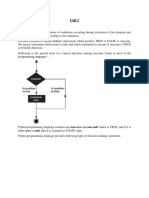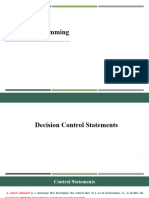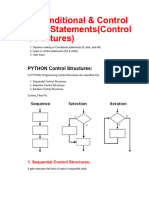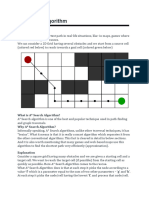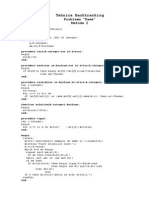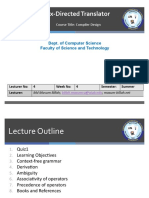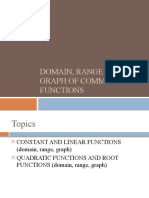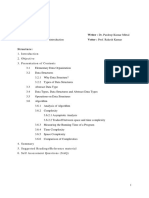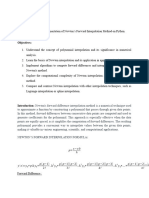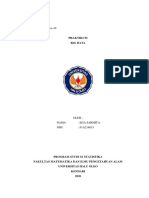0% found this document useful (0 votes)
12 views41 pagesChapter 5
Chapter 5 covers looping statements in programming, focusing on the importance of control structures for creating maintainable and debuggable code. It explains various types of loops, including while and for loops, as well as control statements like break, continue, and pass. The chapter also discusses Python's built-in functions for looping and the benefits of using loops to simplify complex problems.
Uploaded by
ViSheshCopyright
© © All Rights Reserved
We take content rights seriously. If you suspect this is your content, claim it here.
Available Formats
Download as PDF, TXT or read online on Scribd
0% found this document useful (0 votes)
12 views41 pagesChapter 5
Chapter 5 covers looping statements in programming, focusing on the importance of control structures for creating maintainable and debuggable code. It explains various types of loops, including while and for loops, as well as control statements like break, continue, and pass. The chapter also discusses Python's built-in functions for looping and the benefits of using loops to simplify complex problems.
Uploaded by
ViSheshCopyright
© © All Rights Reserved
We take content rights seriously. If you suspect this is your content, claim it here.
Available Formats
Download as PDF, TXT or read online on Scribd
/ 41





















